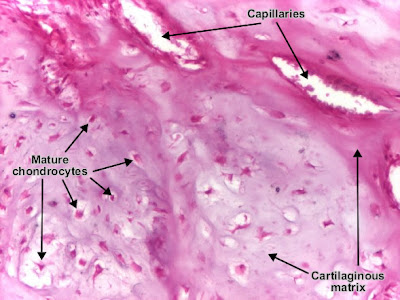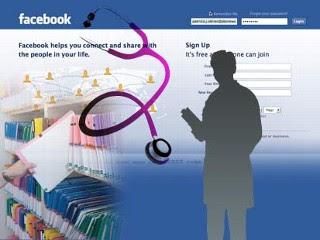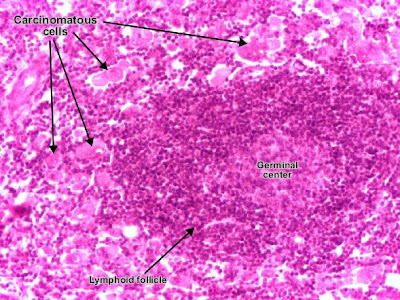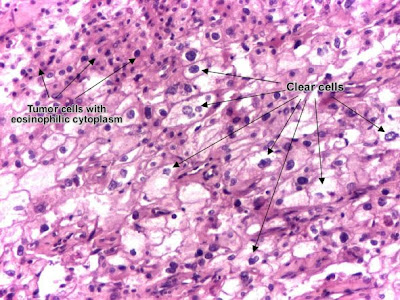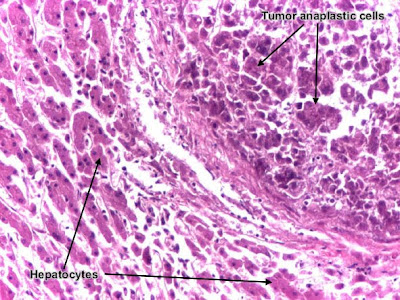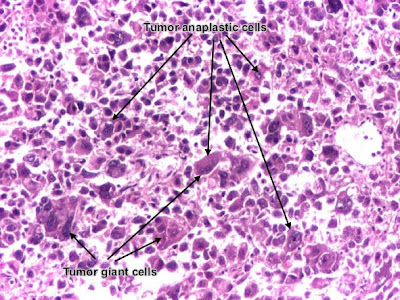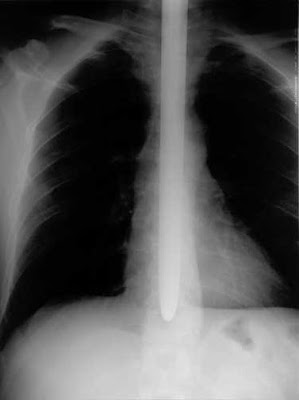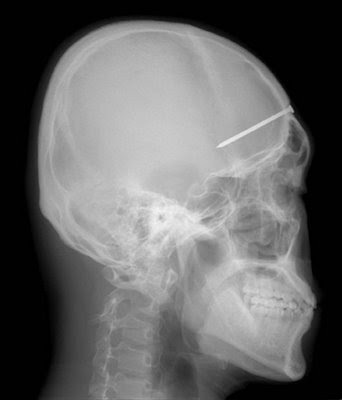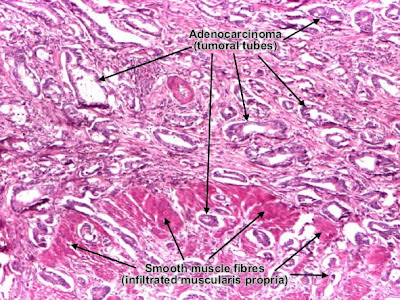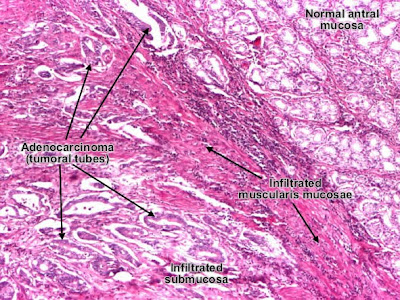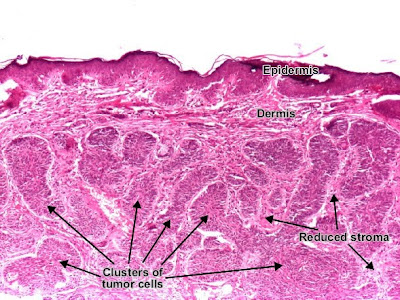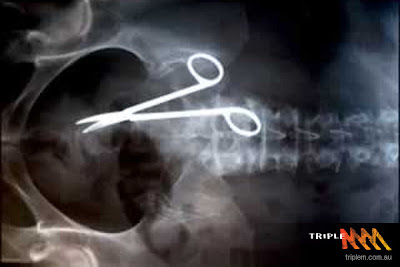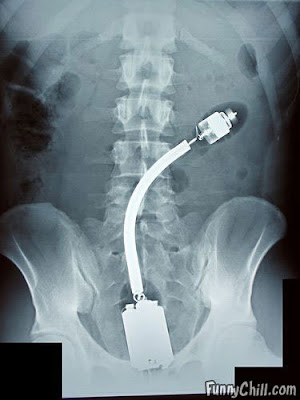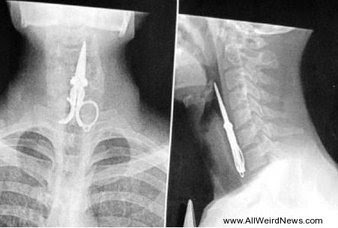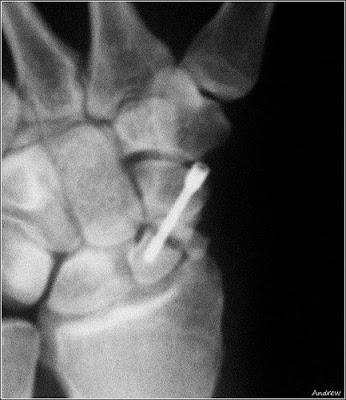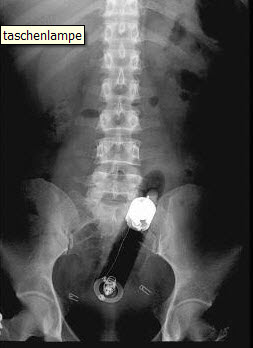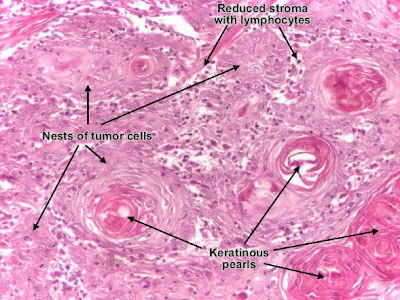
An ingredient used in Coca-Cola and Pepsi is a cancer risk and should be banned, an influential lobby group has claimed. The concerns relate to an artificial brown colouring agent that the researchers say could be causing thousands of cancers.
‘The caramel colouring used in Coca-Cola, Pepsi, and other foods is contaminated with two cancer-causing chemicals and should be banned,’ said the Center for Science in the Public Interest (CSPI), a health lobby group based in Washington, DC.
‘In contrast to the caramel one might make at home by melting sugar in a saucepan, the artificial brown colouring in colas and some other products is made by reacting sugars with ammonia and sulphites under high pressure and temperatures.
‘Chemical reactions result in the formation of two substances known as 2-MI and 4-MI which in government-conducted studies caused lung, liver, or thyroid cancer or leukaemia in laboratory mice or rats.’ America’s National Toxicology Program says that there is ‘clear evidence’ that both 2-MI and 4-MI are animal carcinogens, and therefore likely to pose a risk to humans.
The executive director of the CSPI, Michael F Jacobson, has petitioned America’s food regulator, the Food & Drug Administration, to take action.He said: ‘Carcinogenic colourings have no place in the food supply, especially considering that their only function is a cosmetic one.’
Mr Jacobson said the name ‘caramel colouring’ does not accurately describe the additives, explaining: ‘It’s a concentrated dark brown mixture of chemicals that simply does not occur in nature.
He added that while regular caramel could not be described as healthy, ‘at least it is not tainted with carcinogens’.
U.S. regulations distinguish between four types of caramel colouring, two of which are produced with ammonia and two without it. The CSPI wants the two made with ammonia to be banned and has received backing from five prominent cancer experts, including several who have worked at the National Toxicology Program.
The type used in colas and other dark soft drinks is known as Caramel IV, or ammonia sulphite process caramel. Caramel III, which is produced with ammonia but not sulphites, is sometimes used in beer, soy sauce, and other foods.
The CSPI admitted that any risk associated with consumption of the chemicals would be extremely small. It said the ten teaspoons of sugar found in a can of regular cola would be more of a health problem.
However, it argued the levels of 4-MI in the tested colas still may be causing thousands of cancers in the U.S. population alone.

